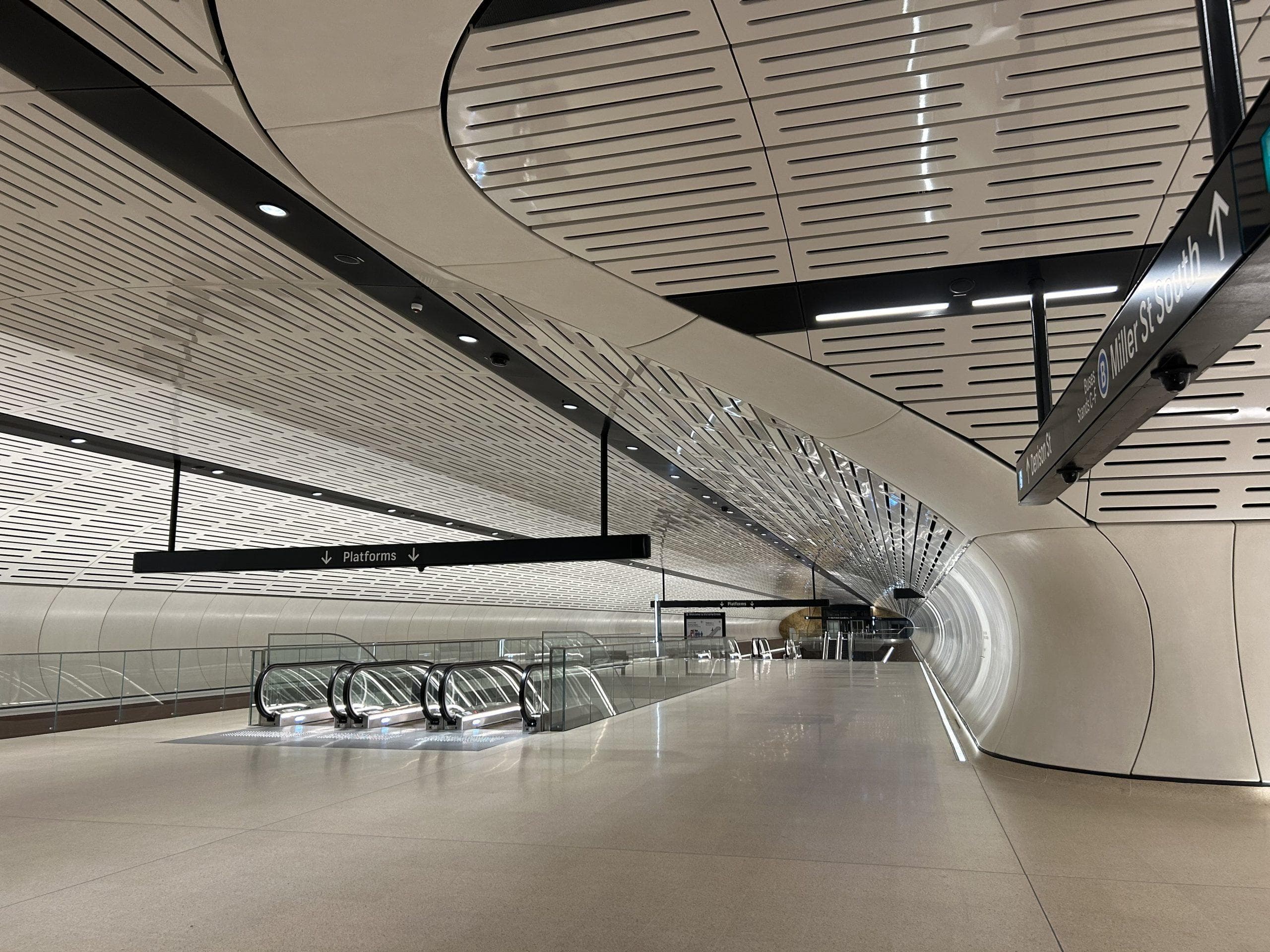Metal Ceilings: The Sky is the Limit
Metal ceilings offer unmatched design flexibility, durability, and sustainability, making them ideal for transport hubs. From custom shapes to acoustic performance and energy efficiency, discover why the possibilities are endless in this insightful discussion with our ceiling experts.
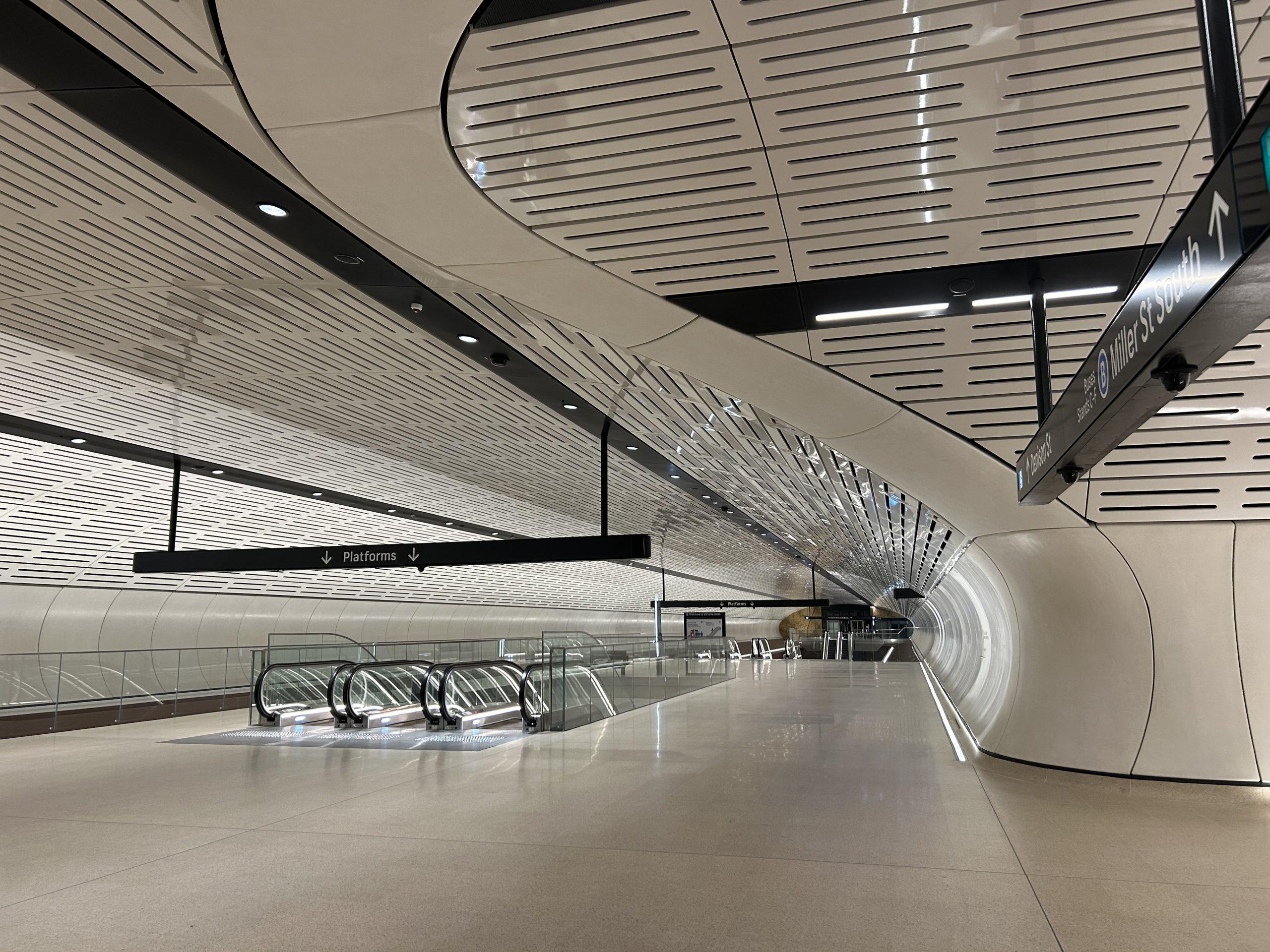
Metal ceilings offer excellent design flexibility and aesthetic and performance benefits, making them a popular choice for transport hubs.
Network Architectural Ceiling Systems Manager, Steven Fraser, says metal ceilings have ample benefits, including being fire-safe, durable, low-maintenance, and easy to take apart.
“And you can customise it to the nth degree, so you’ve got an unlimited scope of design and flexibility on aesthetics as well, which is such a bonus…You can colour it any colour available, bend it in 3D forms, the sky is the limit”.
While metal’s carbon footprint is initially high, the material is “infinitely recyclable”.
“Once it’s in the solid form of aluminium, it uses up to 95% less energy if you recycle that panel than it did the first time around. The circularity of metal ceilings means it’s infinitely reusable and probably one of the only building products out there that people will pay you to remove off-site,” Steven says.
Network Architectural Ceiling Division Manager Paul Sheehan adds that metal ceilings in transport hubs such as underground stations and airports also provide good acoustics.
“With aluminium systems, we can perforate, have it slotted, and create any acoustic number that the acoustic requirements call for. We can add insulation to the back of panels and deaden the noise,” he says.
A striking example of the incredible versatility of metal ceilings can be seen throughout Terminal 3 at Singapore’s Changi Airport, where the anodised aluminium panels inspired by butterfly wings move to adjust to natural light.
“There are operable panels on the roof of the building and flexible reflector panels underneath in the terminal space, and that allows natural light to penetrate the space,” Steven explains.
“The flaps on the top can open and shut depending on the location of the sun, so there are actually sensors on the roof of the building that know the angle of the sun and open and close the panels accordingly, so what it does is allow natural light into the building, but it also reduces the amount of heat that gets into the building so we are reducing the amount of air conditioning that we need,” he says.
“By controlling the amount of natural light that comes in, we are also drastically reducing the amount of artificial light we need in the building space. Being exposed to natural light while you’re transiting through can reduce the effects of jetlag. So not only is it reducing the amount of carbon and operational energy of the building, it is also improving the wellbeing of the users moving through the building”.
Paul adds that many of the new train stations around Australia are opting for metal ceilings instead of plasterboard or fibre cement.
“With aluminium, you can fold it, shape it, curve it,” he says.
He says this flexibility came in handy while constructing the ceilings for Gadigal Station in Sydney, where every corner is curved. Network Architectural made intricate moulds to form them in the correct shape.
“A lot of the panels are curved in two directions. You don’t have that design capability with many other products or any other products, as far as we are aware.”
When it came to designing the ceilings for Victoria Cross Metro Station in North Sydney the client wanted “a real big wow factor.” They wanted it to be bright, so light reflectance was key.
“With the light reflectance, in particular, we can do any gloss level. We can do a really high gloss level or a really dull matt finish, depending on what that space calls for,” Paul says.
As demand for metal ceilings continues to grow Network Architectural expects the next 10 years are going to be “very busy”.
Listen to the full podcast here.
Related Articles
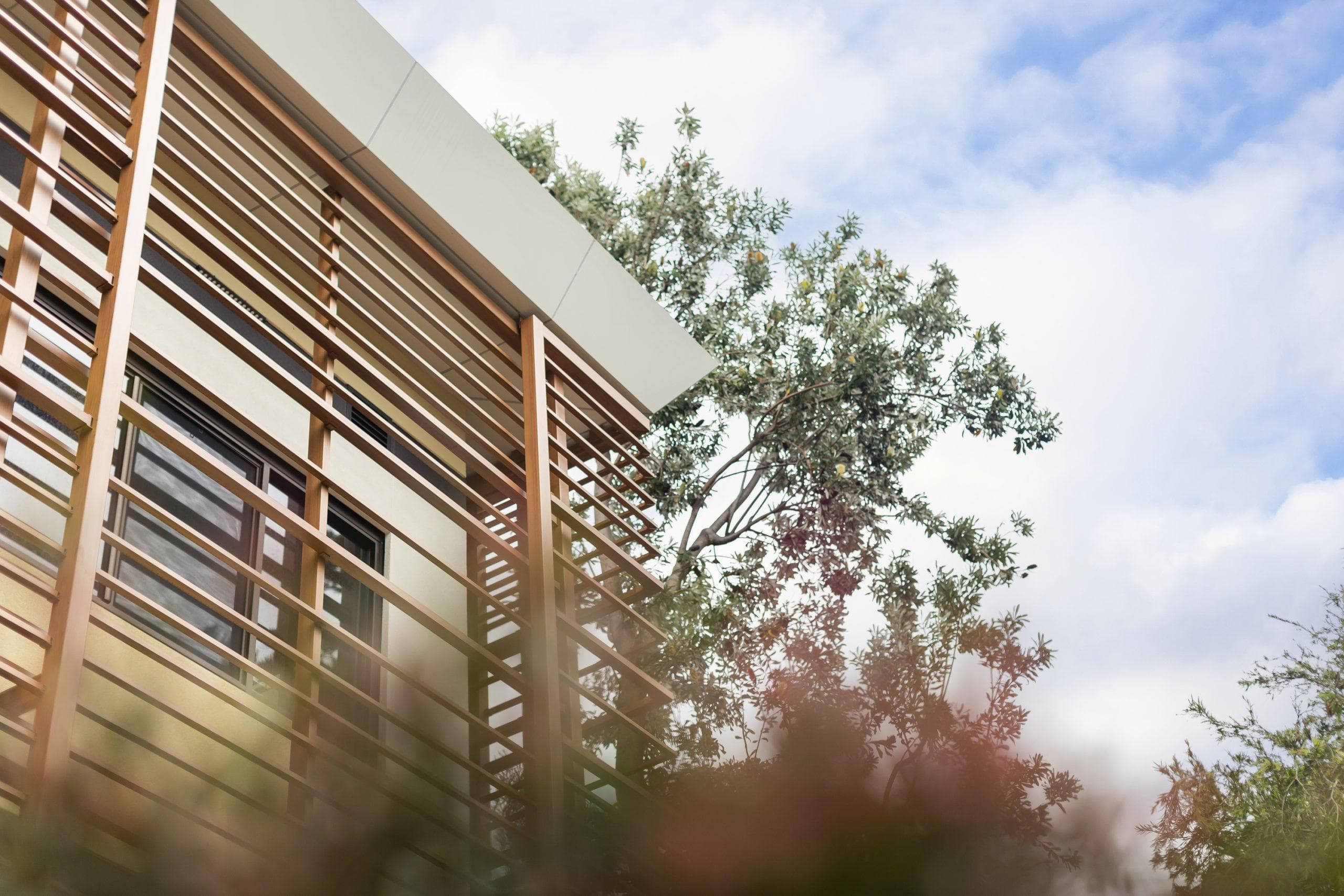
Sustainability eBook 2025
Australia’s leading sustainability projects continue to show how thoughtful design, material choice and lifecycle thinking shape the built environment. This year’s Sustainability Awards shortlist highlighted standout projects that balance performance, environmental responsibility and a strong connection to place.
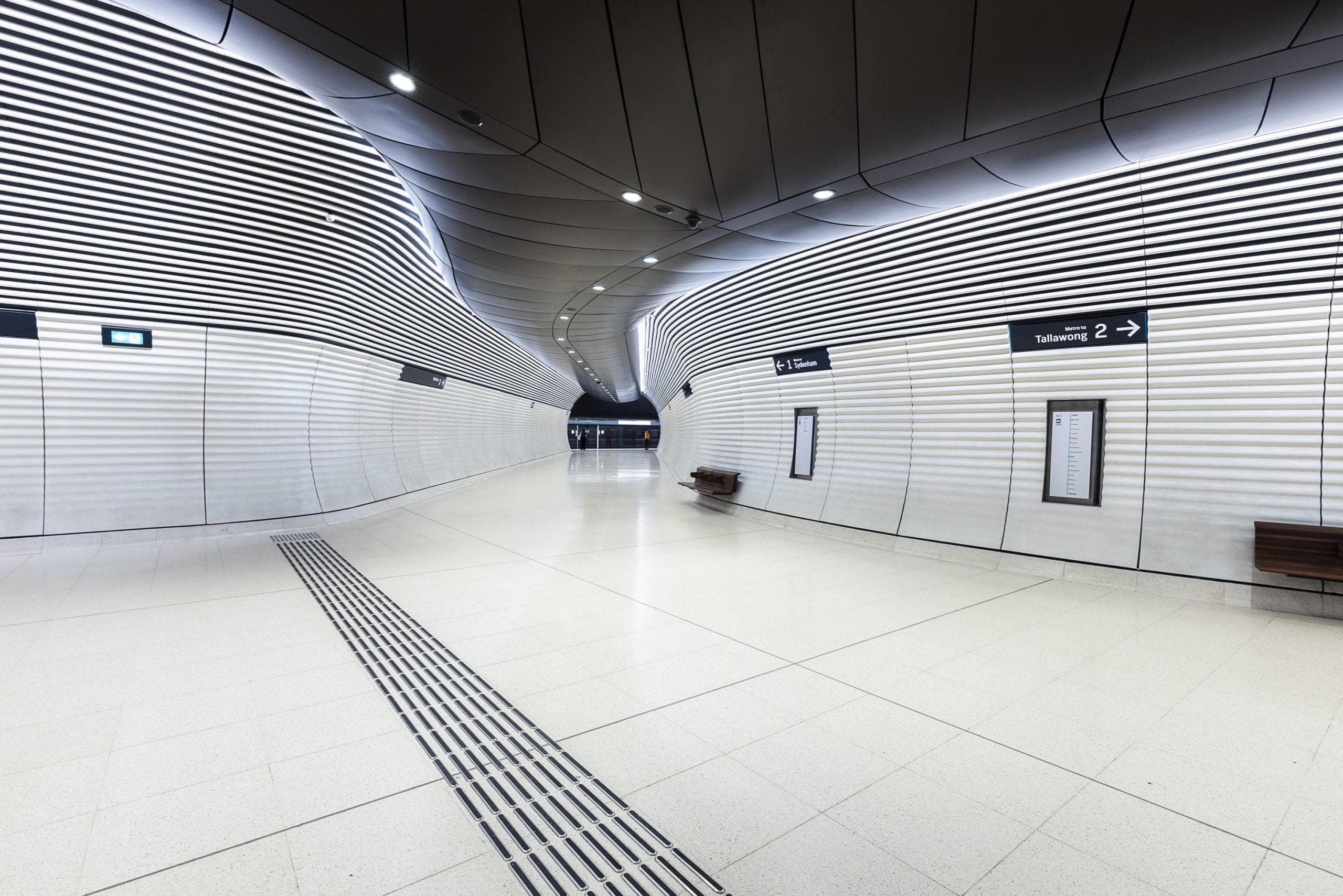
Zero-carbon aluminium: Distant dream or inevitable reality? Network Architectural weighs in
Is zero-carbon aluminium a distant dream or an inevitable reality? Advances in recycling, renewable energy, and smelting technologies mean the shift is closer than ever. Steven Fraser of Network Architectural explores how specifiers, architects, and builders can drive change today, shaping a more sustainable future for aluminium in construction.
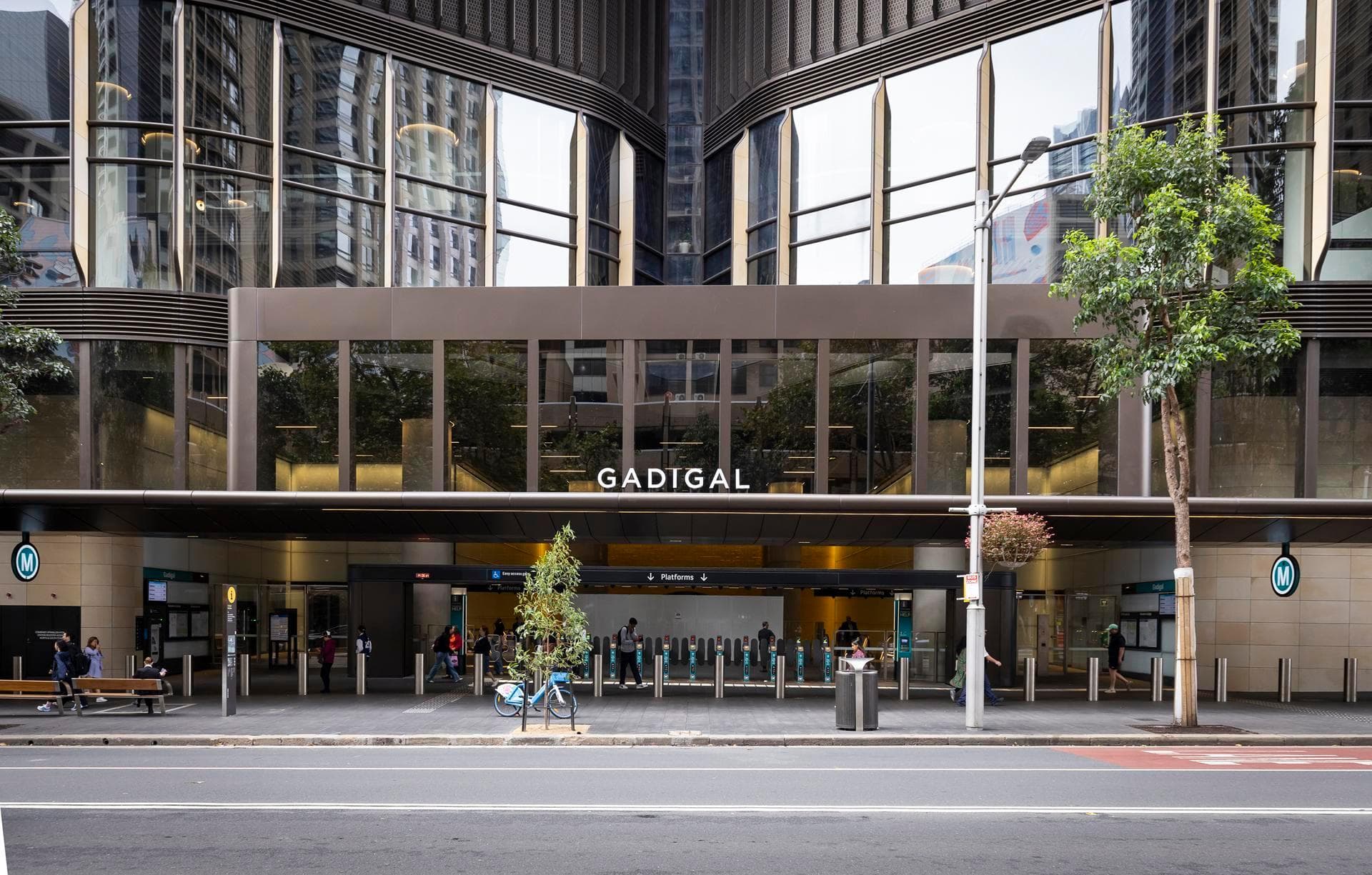
A Station Like No Other: Gadigal’s Bespoke Metal Ceilings Brought to Life
Gadigal Station is a landmark of cultural recognition and design innovation, featuring over 5,000 sqm of bespoke durlum metal ceilings. Delivered by Network Architectural in close collaboration with Foxville Projects, the custom ceiling system combines complex geometry, acoustic performance, and architectural storytelling – elevating Sydney’s newest metro station into a truly world-class transport and cultural experience.
